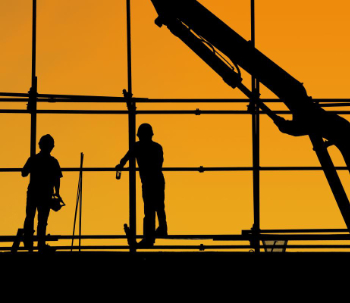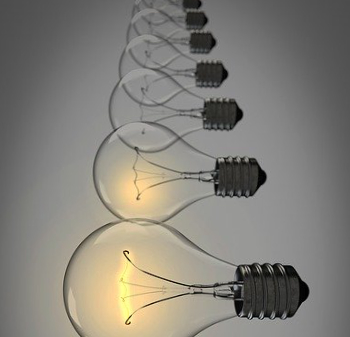Mortise and tenon joints

|
| The lintels at Stonehenge are secured by stone mortise and tenon joints. |
Contents |
[edit] Introduction
A mortise is a socket, recess or hole cut into a material in order to connect with a tenon (or tongue). In construction terms, this technique is commonly referred to as a mortise and tenon joint.
This method can be quite strong and sturdy, and is often used to join two components at a right angle. It is commonly found in furniture (such as tables and beds) or structures that require durable frames, such as doors or windows. It is one of the most common types of joinery used for woodwork and furniture.
[edit] History
Mortise and tenon joints have been used for thousands of years, most commonly in woodworking, but also for stone, iron and so on. Ancient examples have been found in architecture, shipbuilding and furniture making around the world, including a ship in the Giza pyramid complex, roofing structures in ancient Chinese architecture and the lintels at Stonehenge.
[edit] Types of mortises and tenons
There are many variations on the mortise and tenon joint:
- Barefaced mortise.
- Haunched mortise.
- Open mortise.
- Stub mortise.
- Through mortise.
- Through-wedged half-dovetail.
- Twin mortise.
- Wedged half-dovetail.
[edit] Types of tenons include:
- Hammer-headed tenon.
- Half shoulder tenon.
- Loose tenon.
- Pegged (or pinned) tenon.
- Stub tenon.
- Teasel (or teazle) tenon.
- Through tenon.
- Top tenon.
- Tusk tenon.
[edit] Related articles on Designing Buildings
Featured articles and news
Airtightness in raised access plenum floors
New testing guidance from BSRIA out now.
Picking up the hard hat on site or not
Common factors preventing workers using head protection and how to solve them.
Building trust with customers through endorsed trades
Commitment to quality demonstrated through government endorsed scheme.
New guidance for preparing structural submissions for Gateways 2 and 3
Published by the The Institution of Structural Engineers.
CIOB launches global mental health survey
To address the silent mental health crisis in construction.
New categories in sustainability, health and safety, and emerging talent.
Key takeaways from the BSRIA Briefing 2024
Not just waiting for Net Zero, but driving it.
The ISO answer to what is a digital twin
Talking about digital twins in a more consistent manner.
Top tips and risks to look out for.
New Code of Practice for fire and escape door hardware
Published by GAI and DHF.
Retrofit of Buildings, a CIOB Technical Publication
Pertinent technical issues, retrofit measures and the roles involved.
New alliance will tackle skills shortage in greater Manchester
The pioneering Electrotechnical Training and Careers Alliance.
Drone data at the edge: three steps to better AI insights
Offering greater accuracy and quicker access to insights.
From fit-out to higher-risk buildings.
Heritage conservation in Calgary
The triple bottom line.





















